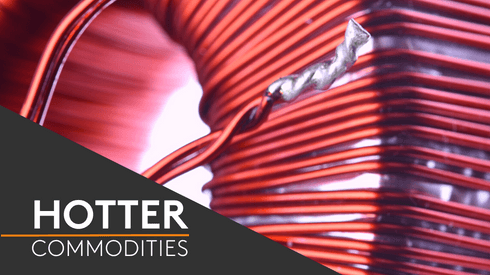Three-month copper on the London Metal Exchange closed within striking distance of $7,000 per tonne on Wednesday November 22 due to a weaker dollar and continued technical momentum, while most of the other base metals also finished in positive territory. Read more in our live futures report.
Here’s how prices looked at 18.17 London time.
Frame contracts for ferro-vanadium have been agreed with discounts against third-party references in a range of 3-5% in Europe and the United States for 2018, multiple sources told Metal Bulletin.
Glencore will implement structural changes across its copper department after an internal accounting review at Katanga Mining identified “material weaknesses,” leading to the resignation of four directors including the trader-miner’s head of copper.
Afarak is focusing on niche ferro-chrome production and diversity of customer base, which has given the Helsinki-based producer confidence in its ability to compete in the global market.
The London Metal Exchange is consulting on plans to introduce a $1 per lot over-the-counter (OTC) booking fee next year that is designed to rebalance the disparity between the cost of trading on-exchange and in the OTC market.
While zinc prices have doubled in the past two years, the industry has been racing against time to locate profitable zinc mining projects and compete for funds to bring production on stream.
Growing export volumes of steel slab from Iran are enhancing the country’s standing in the global market for the semifinished product and are already having an influence on slab pricing in other markets.
Mineração Usiminas expects the average iron ore sale price in the global market to hover around $65 per tonne in 2018, executive director Wilfred Bruijn said.
China is unlikely to relent in its drive to reduce its steel output, which will result in protectionist as well as environmental benefits, according to Michael Widmer, director and metal strategist at Bank of America Merrill Lynch.





